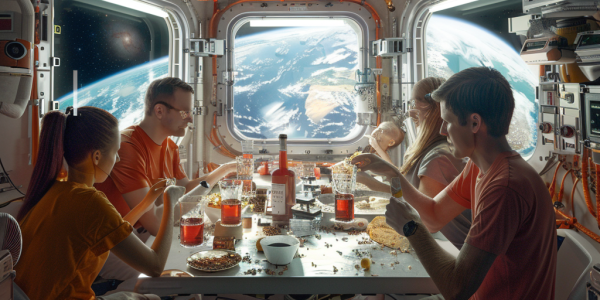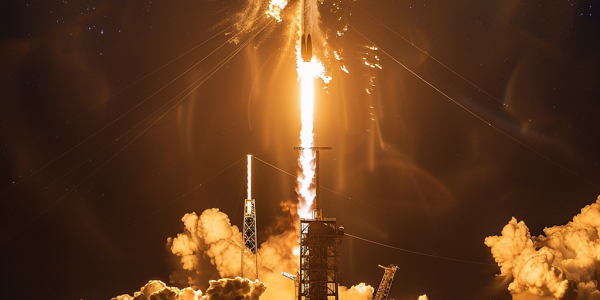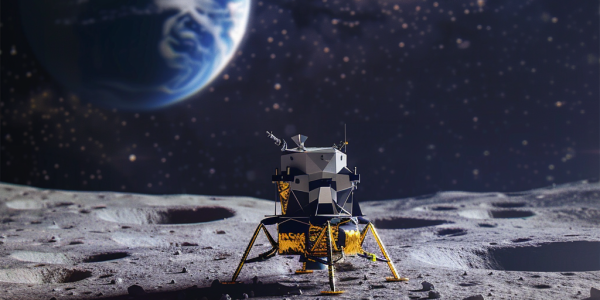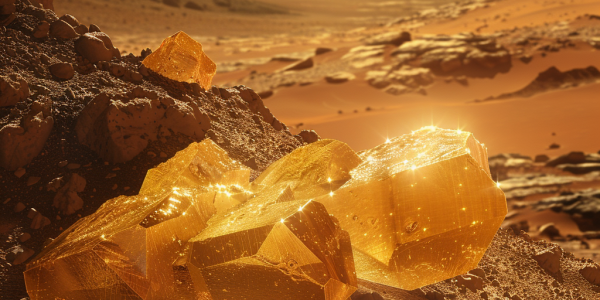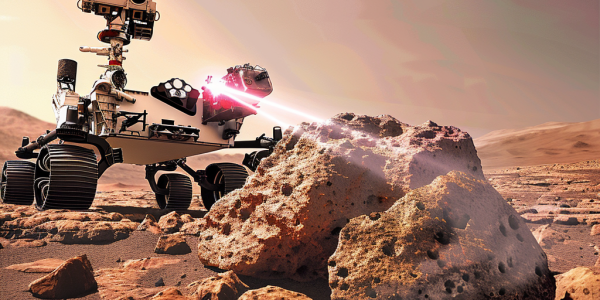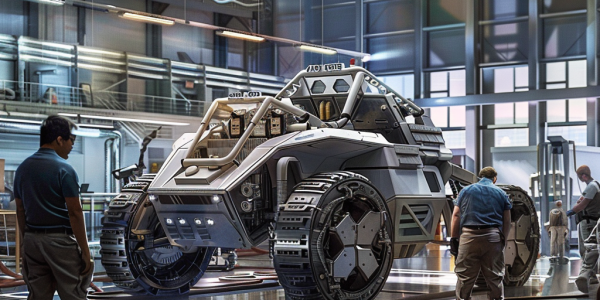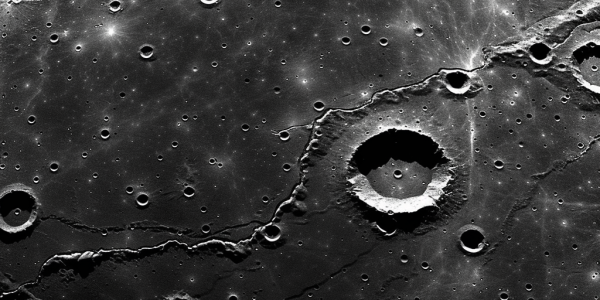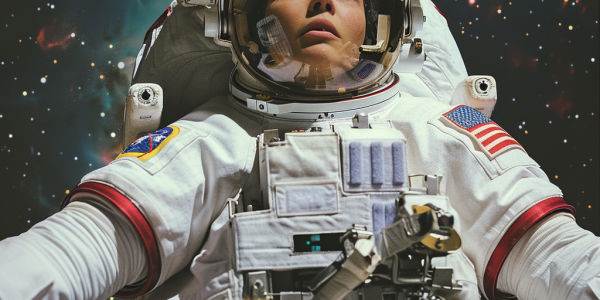Study Reveals Astronauts’ Taste Buds Transform in Space
Astronauts aboard the International Space Station (ISS) experience changes in taste perception, leading to a preference for spicier foods. Research by Grace Loke from RMIT University explores how the unique environment of space affects flavor, using innovative VR simulations to replicate ISS conditions. Findings reveal that while lemon flavor remains consistent, almonds and vanilla appear more intense in microgravity, challenging assumptions about food blandness in space. This research could enhance astronaut dining experiences and improve nutrition for future long-duration missions.
SpaceX Successfully Launches Dragon on Inaugural Cargo Resupply Mission to ISS
SpaceX has achieved a major milestone with the successful launch of its Dragon spacecraft on the CRS-1 mission, marking the beginning of official cargo resupply missions to the International Space Station (ISS). This launch, part of SpaceX’s contract with NASA, highlights the company’s innovative capabilities in commercial spaceflight, including the unique ability of Dragon to return supplies to Earth, supporting ongoing scientific research in microgravity.
NASA’s Juno Captures Stunning New Images of Jupiter’s Atmosphere
NASA’s Juno spacecraft has delivered breathtaking images of Jupiter’s chaotic atmosphere during its 61st close flyby. These stunning visuals reveal turbulent clouds and cyclonic storms, enhancing our understanding of the giant planet’s dynamics. Citizen scientists, like Gary Eason, contributed by processing raw data into vibrant representations, showcasing the intricate weather patterns of Jupiter. As the mission continues, Juno promises to unveil more insights into the evolution of planetary systems and the mysteries of our solar system.
International Moon Day 2024: A New Era of Lunar Exploration
International Moon Day 2024 celebrates humanity’s lunar achievements and the renewed focus on lunar exploration. Established by the United Nations, this day highlights international cooperation in space, coinciding with significant events like NASA’s Artemis II mission and global livestreams from China and Germany. As nations and private companies engage in the new space race, the potential for sustainable lunar habitation and future Mars missions grows. Join us in reflecting on past successes and the collaborative future of space exploration.
Curiosity Rover Discovers Pure Sulfur on Mars, Unveiling Geological Mysteries
A groundbreaking discovery by NASA’s Curiosity rover on Mars has revealed bright yellow crystals of pure sulfur, marking the first identification of elemental sulfur on the Red Planet. This significant finding in the Gediz Vallis Channel raises intriguing questions about Mars’s geological history and potential past habitability. Scientists are eager to explore the implications of this discovery, as it may offer insights into the conditions that once existed on Mars and the possibility of life.
NASA Utilizes AI in Mars Exploration Missions
NASA is incorporating artificial intelligence (AI) into their Mars missions to enhance exploration efficiency. AI-equipped rovers like Curiosity and Perseverance can autonomously select rocks for analysis and identify minerals in real-time. The integration of AI technology not only maximizes productivity but also sets the stage for future autonomous spacecraft. With NASA’s dedication to advancing AI in space exploration, new discoveries on Mars and beyond are within reach.
NASA Cancels $450 Million VIPER Moon Rover Program Due to Budget Concerns
NASA cancels $450 million VIPER moon rover program due to budget concerns, saving $84 million. Despite termination, agency praises team’s work and commitment to exploration goals. Program may be repurposed for future missions or sold to industry.
Meteor Streaks Across Manhattan Skyline
New York City witnesses a rare cosmic event as a meteor streaks across the Manhattan skyline, captivating residents. Despite the celestial spectacle, Midtown Manhattan remains nonchalant while other boroughs and New Jersey report loud booms and fireball sightings. The meteor’s presence adds to a series of remarkable events in the city, serving as a reminder of nature’s unpredictability and the wonders of the universe.
Exciting Discovery of Potential Subsurface Openings on the Moon
Exciting findings from a recent study published in Nature Astronomy reveal potential subsurface openings on the Moon, including a cave conduit beneath the lunar surface. Radar images captured by the Mini-RF instrument show a subsurface cave conduit extending from the Mare Tranquillitatis pit, raising the possibility of future lunar exploration and habitation. This discovery could lead to a lunar base providing shelter from the harsh lunar environment, supporting long-term human presence on the Moon and opening up new possibilities for scientific research and exploration.
Study Reveals Detrimental Effects of Space Travel on Human Body
Recent study published in Nature Communications reveals detrimental effects of space travel on the human body, including immune system dysregulation, muscle changes, and increased cytokine production. Research based on data from SpaceX Inspiration4 mission highlights complex impact of spaceflight on human health, with potential biological advantages for women. Further investigation needed to understand long-term implications.

